A 6 am departure from the hotel in our private van meant that we were waiting at Chichen Itza for the gates to open at 8 am.
Chichén Itzá, an impressive Maya/Toltec site has been recently voted as one of the New 7 Wonders of the World. Constructed between the 7th and 10th century AD, Chichén Itzá was a centre of pilgrimage for the Maya for over 1000 years.
We had Guillermo our local guide for a 2 hour tour of the site. (I still have to type in the notes that I took from when I was listening to Guillermo and not wandering off taking photos!).
Started off before the tourists arrived with the most famous attraction being the great Pyramid of Kukulcan. This was dedicated to the feathered serpent god Kukulcan and built with such precision that a shadow serpent descends down the steps during the equinox.
To me the next most impressive structure was the ball court where the captain of the winning team was beheaded (no incentive to play your best!).
Tried to look for something to frame the various ruins. In the end it was the overhanging branches of the trees and a hawker stall selling monkeys.
Anyway this is what Wikipedia has to say about Chichen Itza.
Chichen Itza was a large pre-Columbian city built by the Maya civilization. The archaeological site is located in the stateof Yucatán.
Chichen Itza was a major focal point in the northern Maya lowlands from the Late Classic (c. AD 600–900) through theTerminal Classic (c.AD 800–900) and into the early portion of the Early Postclassic period (c. AD 900–1200). The site exhibits a multitude of architectural styles, reminiscent of styles seen in central Mexico and of the Puuc and Chenes styles of the northern Maya lowlands. The presence of central Mexican styles was once thought to have been representative of direct migration or even conquest from central Mexico, but most contemporary interpretations view the presence of these non-Maya styles more as the result of cultural diffusion.
Chichen Itza was one of the largest Maya cities and it was likely to have been one of the mythical great cities, or Tollans, referred to in later Mesoamerican literature. The city may have had the most diverse population in the Maya world, a factor that could have contributed to the variety of architectural styles at the site.
Chichen Itza is one of the most visited archaeological sites in Mexico; an estimated 1.2 million tourists visit the ruins every year.
Chichen Itza was one of the largest Maya cities, with the relatively densely clustered architecture of the site core covering an area of at least 5 square kilometres / 1.9 sq mi. Smaller scale residential architecture extends for an unknown distance beyond this. The city was built upon broken terrain, which was artificially levelled in order to build the major architectural groups, with the greatest effort being expended in the levelling of the areas for the Castillo pyramid, and the Las Monjas, Osario and Main Southwest groups. The site contains many fine stone buildings in various states of preservation, and many have been restored. The buildings were connected by a dense network of paved causeways, called sacbeob. Archaeologists have identified over 80 sacbeob criss-crossing the site and extending in all directions from the city.
The architecture encompasses a number of styles, including the Puuc and Chenes styles of the northern Yucatán Peninsula. The buildings of Chichen Itza are grouped in a series of architectonic sets, and each set was at one time separated from the other by a series of low walls. The three best known of these complexes are the Great North Platform, which includes the monuments of El Castillo, Temple of Warriors and the Great Ball Court; The Osario Group, which includes the pyramid of the same name as well as the Temple of Xtoloc; and the Central Group, which includes the Caracol, Las Monjas, and Akab Dzib. Thanks Mr Wikipedia.
After the tour had finished, there was free time to wander back to the entrance way via the couple of sights not covered by the tour. Down where all these hawkers were lined up to the Grupo de las Mil Columnas and then over to sacred cenote where treasures and the remains of human sacrifices have been discovered. Can't get lost in this place ... just look for the hawkers as they line the main walkways under what shade that they can find.
Lunch was in the on site restaurant Oxtun and for me a chicken burrito with a handle of draft beer. Yes, even at 11 am it was hot for me.
Was so glad for the early start as one of the last photos will show the day tripper crowds from Cancun and Playa del Carmen descending in their hordes by the bus loads into the park … and it wasn’t even high season. By now most of the hawkers had set up their stalls trying to sell a trinket or two at a good rate ... 10 pesos to the US $. The bank rate was 12.4 to the dollar.
Was it worth such an early start? Most definitely. Yes, to have photos without any people in it plus the benefit of that lovely early morning light for ones photos. Excuse some apparent duplication but I am still getting use to the polarising filter with the different sky blues and will edit when I get home.
Then onto Cancun. With the private van it meant a much quicker trip along the dual carriageway expressway. Boring as anything but the kilometres quickly clicked by and we were in Cancun 2 ½ hours later at 3 pm.
So I know Cancun via TV images where Americans and Europeans come to escape to one of the many hotel resort complexes along the tourist 20 kilometres strip but alas we are not staying there.
Until 1970 Isla Cancún (Cancún Island) had only three residents, the caretakers of the coconut plantation with only 117 people living in nearby Puerto Juarez, a fishing village and military base. The island was home to some of the Caribbean's most beautiful beaches and with the advent of mass market tourism it was an ideal location. Due to the reluctance of investors to bet on an unknown area however, the Mexican government had to finance the first nine hotels.
Now over two million visitors a year come to Cancún to relax on one of the beautiful beaches in what is now known as the 'hotel zone' and to swim in the crystal clear turquoise waters. Trouble is the man made the beaches are all private owned by the hotels.
Dinner was at 100% Natural. Time for some turkey so it was Sizzlers - seasoned with organic spices served with sautéed vegetables - ginger garlic mojo with turkey for 138 pesos / NZ $ 13 / US $ 10.60. Washed down with a California tropical juice of apple, lime, orange and pineapple. The food and drink was lovely but unfortunately they really let themselves down right at the end by overcharging a 20% service fee!
On the way back at a park it was time to stop for desert and marquesitas. Like a waffle with caramel inside it.
This is an on-line recipe of marquesitas or crepes Maya is originally from Merida Yucatan, but basically it's the same dough waffles
INGREDIENTS
2 eggs
1 1/2 cup milk (375cc.)
100 grams of melted butter is a stick
2 cups flour (240 grams)
3 teaspoons baking powder
1/2 teaspoon salt
2c vanilla extract
1/2 can of milk
PREPARATION
Beat eggs until slightly frothy.
Add milk, milk and butter melted.
Apart sift the flour, salt and baking powder.
Mix the dry ingredients with the liquid, stirring with a spoon until a smooth paste.
Haserlas for in a skillet (teflon, if you do not stick) just buttered, add a tablespoon of the mixture to the pan tilts are fills the bottom of it, just browned, votea, pancake or waffle maker if you have, just follow the instructions and luck.
Chichen Itza
Thursday, December 05, 2013
 Chichen Itza, Yucatán, Mexico
Chichen Itza, Yucatán, Mexico
Other Entries
-
48HIGHLIGHTS Thurs 28 Nov: San Cristobal de las Casa
Nov 296 days prior San Cristobal de las Casas, Mexicophoto_camera64videocam 0comment 0
San Cristobal de las Casas, Mexicophoto_camera64videocam 0comment 0 -
49Another free day in San Cristóbal de las Casas
Nov 296 days prior San Cristobal de las Casas, Mexicophoto_camera64videocam 0comment 1
San Cristobal de las Casas, Mexicophoto_camera64videocam 0comment 1 -
50HIGHLIGHTS Fri 29 Nov: San Cristobal de las Casas
Nov 296 days prior San Cristobal de las Casas, Mexicophoto_camera19videocam 0comment 0
San Cristobal de las Casas, Mexicophoto_camera19videocam 0comment 0 -
51San Juan Chamula
Nov 305 days prior Chamula, Mexicophoto_camera63videocam 0comment 0
Chamula, Mexicophoto_camera63videocam 0comment 0 -
52Zinacantan - native or indigenous people
Nov 305 days prior Zinacantán, Mexicophoto_camera54videocam 0comment 1
Zinacantán, Mexicophoto_camera54videocam 0comment 1 -
53HIGHLIGHTS Sat 30 Nov: Chamula & Zinacantan
Dec 014 days prior San Cristobal de las Casas, Mexicophoto_camera29videocam 0comment 0
San Cristobal de las Casas, Mexicophoto_camera29videocam 0comment 0 -
54San Cristobel to Palenque
Dec 014 days prior Palenque, Mexicophoto_camera41videocam 0comment 1
Palenque, Mexicophoto_camera41videocam 0comment 1 -
55HIGHLIGHTS Sun 1 Dec: San Cristobel > Palenque
Dec 014 days prior Palenque, Mexicophoto_camera15videocam 0comment 0
Palenque, Mexicophoto_camera15videocam 0comment 0 -
567 am jungle walk
Dec 014 days prior Palenque, Mexicophoto_camera37videocam 0comment 0
Palenque, Mexicophoto_camera37videocam 0comment 0 -
57Palenque ruins
Dec 023 days prior Palenque , Mexicophoto_camera87videocam 0comment 0
Palenque , Mexicophoto_camera87videocam 0comment 0 -
58Mishol Ha waterfall
Dec 023 days prior Palenque, Mexicophoto_camera18videocam 0comment 0
Palenque, Mexicophoto_camera18videocam 0comment 0 -
59Aqua Azul waterfalls / cascades
Dec 023 days prior Agua Azul, Mexicophoto_camera45videocam 0comment 0
Agua Azul, Mexicophoto_camera45videocam 0comment 0 -
60HIGHLIGHTS Mon 2 Dec: Palenque Mishol Ha Aqua Azul
Dec 023 days prior Palenque, Mexicophoto_camera81videocam 0comment 0
Palenque, Mexicophoto_camera81videocam 0comment 0 -
61Palenque to Merida
Dec 032 days prior Merida, Mexicophoto_camera59videocam 0comment 0
Merida, Mexicophoto_camera59videocam 0comment 0 -
62HIGHLIGHTS Tues 3 Dec: Palenque > Merida
Dec 032 days prior Mérida, Mexicophoto_camera28videocam 0comment 0
Mérida, Mexicophoto_camera28videocam 0comment 0 -
63Cenotes - deep down into the bowels of the earth
Dec 041 day prior Cuzamá, Mexicophoto_camera85videocam 0comment 0
Cuzamá, Mexicophoto_camera85videocam 0comment 0 -
64HIGHLIGHTS Wed 4 Dec: Cenotes, Merida
Dec 05earlier that day Merida, Mexicophoto_camera30videocam 0comment 0
Merida, Mexicophoto_camera30videocam 0comment 0 -
65Chichen Itza
Dec 05 Chichen Itza, Mexicophoto_camera149videocam 0comment 1
Chichen Itza, Mexicophoto_camera149videocam 0comment 1 -
66HIGHLIGHTS Thurs 5 Dec: Chichen Itza
Dec 05later that day Chichén Itzá, Mexicophoto_camera56videocam 0comment 0
Chichén Itzá, Mexicophoto_camera56videocam 0comment 0 -
67Cancun & Speedy Gonzales along Boulevard Kukulkan
Dec 061 day later Cancun, Mexicophoto_camera65videocam 0comment 0
Cancun, Mexicophoto_camera65videocam 0comment 0 -
68Isla Mujeres
Dec 061 day later Isla Mujeres, Mexicophoto_camera88videocam 0comment 0
Isla Mujeres, Mexicophoto_camera88videocam 0comment 0 -
69HIGHLIGHTS Fri 6 Dec: Cancun & Isla Mujeres
Dec 061 day later Cancun, Mexicophoto_camera50videocam 0comment 0
Cancun, Mexicophoto_camera50videocam 0comment 0 -
70Maya / Toltec ruins of Tulúm
Dec 072 days later Playa del Carmen, Mexicophoto_camera85videocam 0comment 0
Playa del Carmen, Mexicophoto_camera85videocam 0comment 0 -
71HIGHLIGHTS Sat 7 Dec: Tulum & Playa del Carmen
Dec 072 days later Playa del Carmen, Mexicophoto_camera12videocam 0comment 0
Playa del Carmen, Mexicophoto_camera12videocam 0comment 0 -
72GO SLOW Caye Caulker
Dec 083 days later Caye Caulker, Belizephoto_camera61videocam 0comment 0
Caye Caulker, Belizephoto_camera61videocam 0comment 0 -
73HIGHLIGHTS Sun 8 Dec: Mexico > Belize
Dec 083 days later Caye Caulker, Belizephoto_camera29videocam 0comment 0
Caye Caulker, Belizephoto_camera29videocam 0comment 0 -
74Sharks, Sting rays & Turtles
Dec 094 days later Caye Caulker, Belizephoto_camera83videocam 0comment 0
Caye Caulker, Belizephoto_camera83videocam 0comment 0 -
75HIGHLIGHTS Mon 9 Dec: Caye Caulker snorkelling
Dec 094 days later Caye Caulker, Belizephoto_camera33videocam 0comment 0
Caye Caulker, Belizephoto_camera33videocam 0comment 0 -
76"GO SLOW” Caye Caukler to San Ignacio
Dec 105 days later San Ignacio, Belizephoto_camera67videocam 0comment 2
San Ignacio, Belizephoto_camera67videocam 0comment 2 -
77HIGHLIGHTS Tues 10 Dec: Caye Caulker > San Ignacio
Dec 105 days later San Ignacio, Belizephoto_camera29videocam 0comment 0
San Ignacio, Belizephoto_camera29videocam 0comment 0 -
78Green Iguana Conservation Project - San Ignacio
Dec 116 days later San Ignacio, Belizephoto_camera93videocam 0comment 0
San Ignacio, Belizephoto_camera93videocam 0comment 0 -
79ATM: Actun Tunichil Muknal, Crystal Sepulchre Cave
Dec 116 days later San Ignacio, Belizephoto_camera151videocam 1comment 0
San Ignacio, Belizephoto_camera151videocam 1comment 0 -
80HIGHLIGHTS Wed 11 Dec: San Ignacio - Iguana, ATM
Dec 116 days later San Ignacio, Belizephoto_camera54videocam 0comment 0
San Ignacio, Belizephoto_camera54videocam 0comment 0 -
81Tikai
Dec 127 days later Tikal, Guatemalaphoto_camera118videocam 0comment 0
Tikal, Guatemalaphoto_camera118videocam 0comment 0 -
82Flores = one's birthday
Dec 127 days later Flores, Guatemalaphoto_camera78videocam 0comment 1
Flores, Guatemalaphoto_camera78videocam 0comment 1 -
83HIGHLIGHTS Thurs 12 Dec: Tikai > Flores
Dec 127 days later Flores, Guatemalaphoto_camera96videocam 0comment 0
Flores, Guatemalaphoto_camera96videocam 0comment 0
Comments
2025-05-22
Comment code: Ask author if the code is blank

 Chichen Itza, Yucatán, Mexico
Chichen Itza, Yucatán, Mexico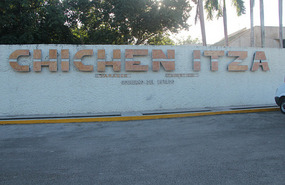
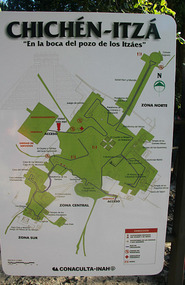
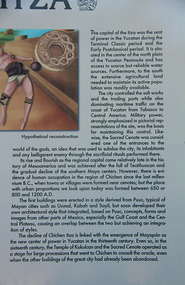
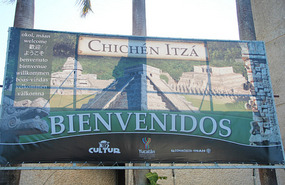
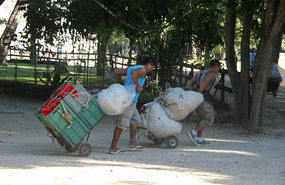
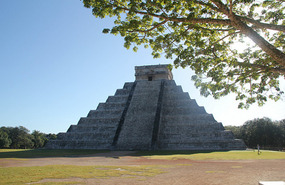
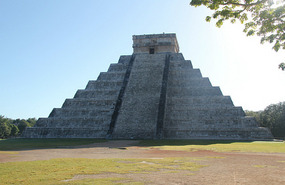
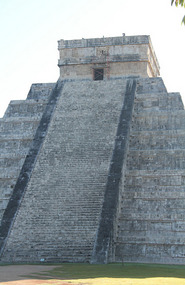
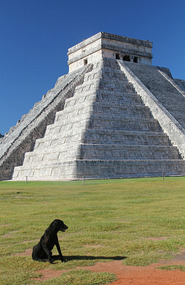
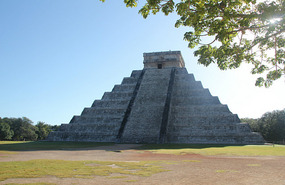
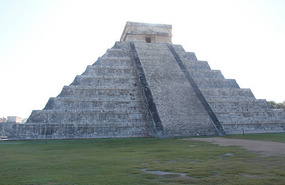
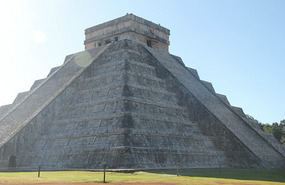
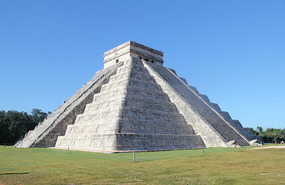
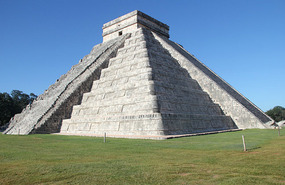
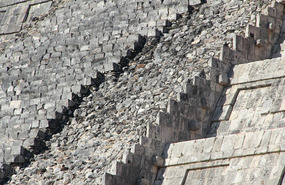
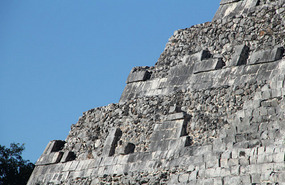
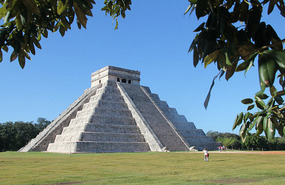
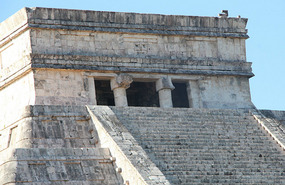
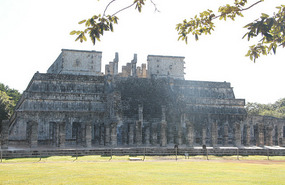
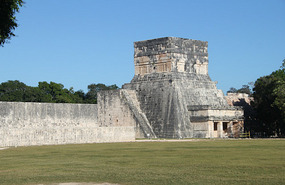
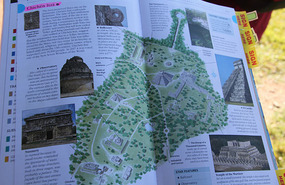



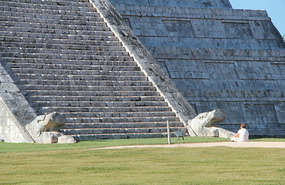
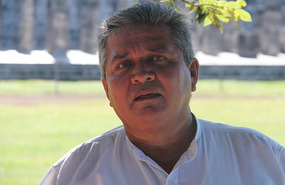
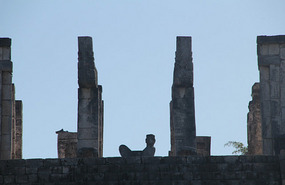
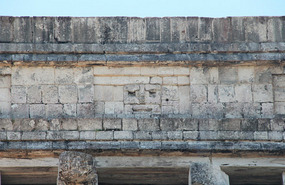

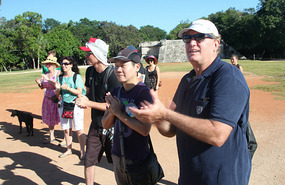
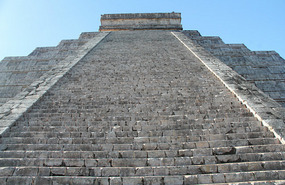
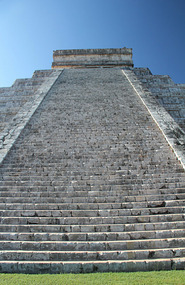
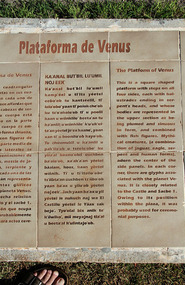
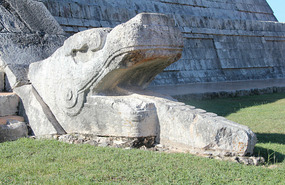
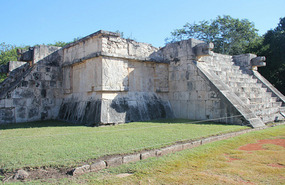

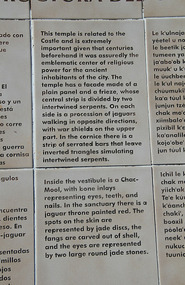
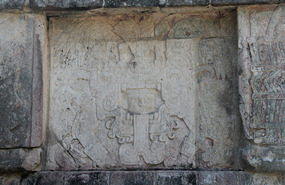
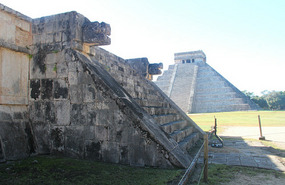
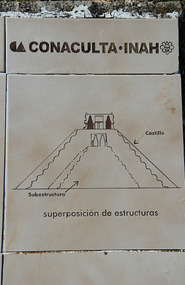
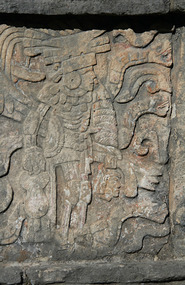
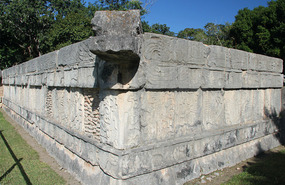
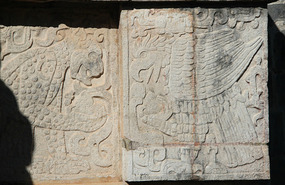
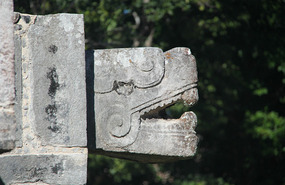
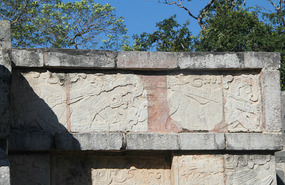
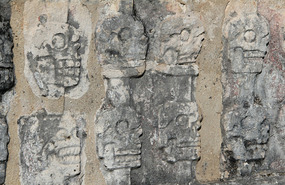
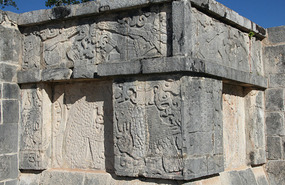
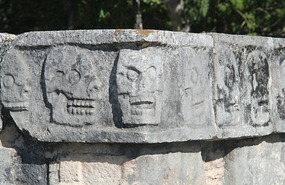
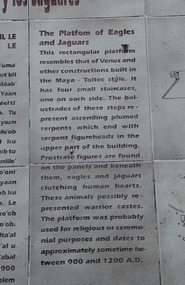

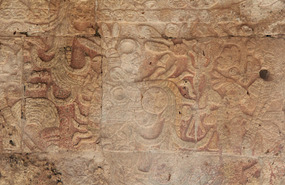
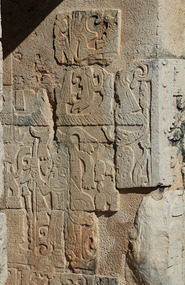
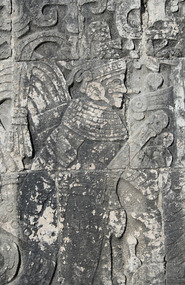
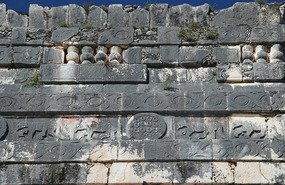
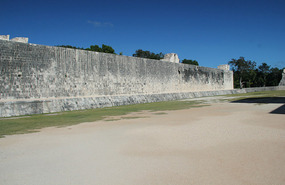
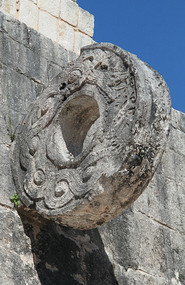
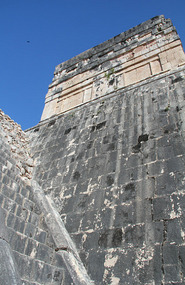
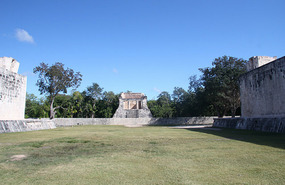
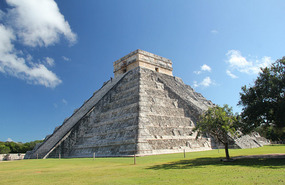
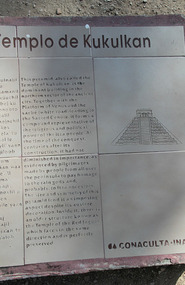
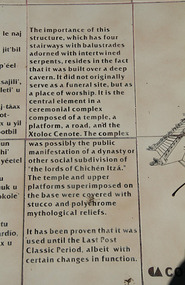
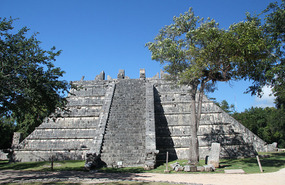
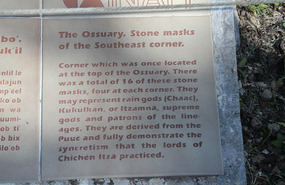
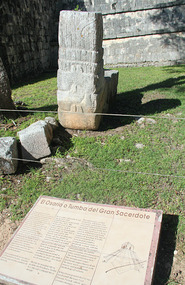
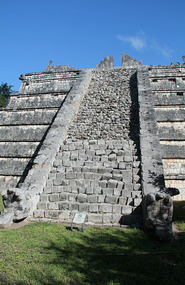
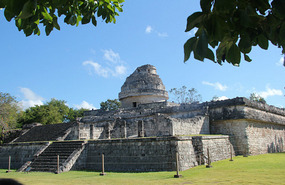
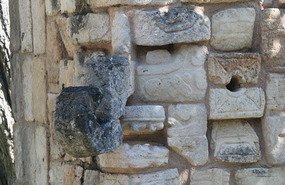

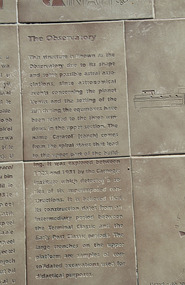
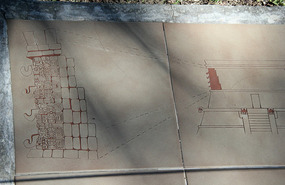
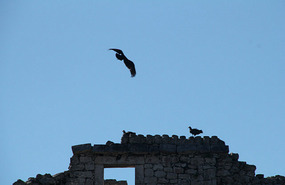
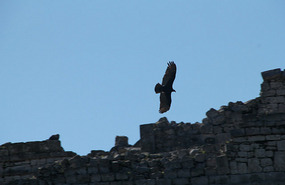
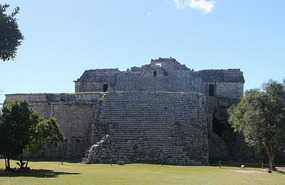
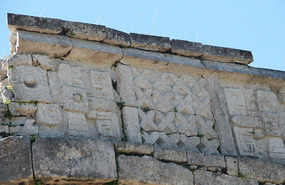
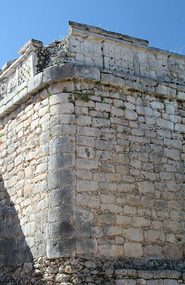
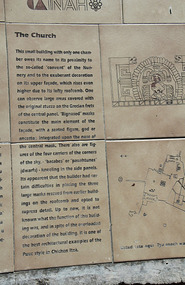
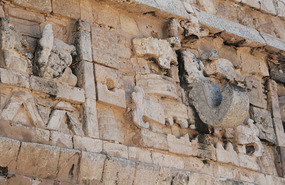
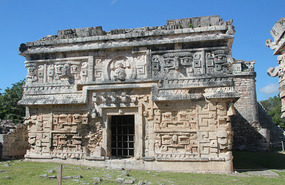
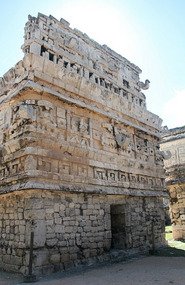
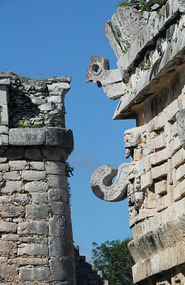
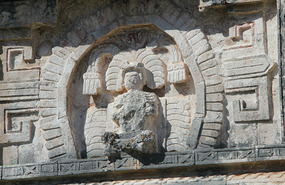
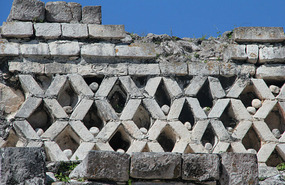
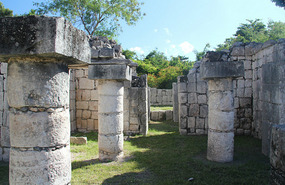
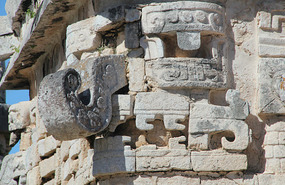
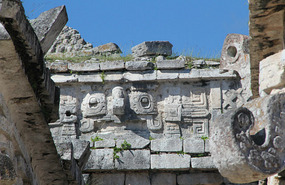

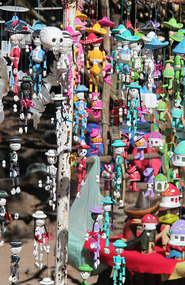
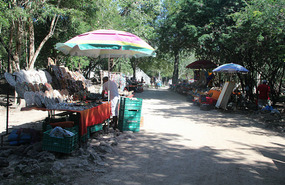
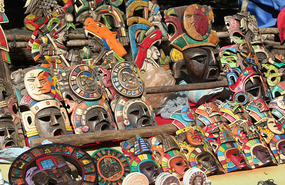
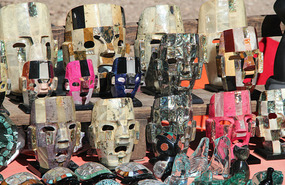
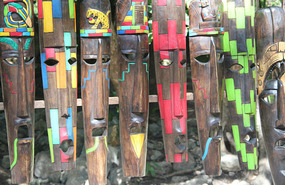
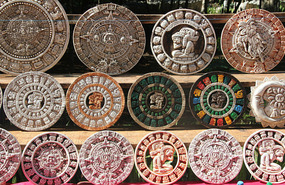
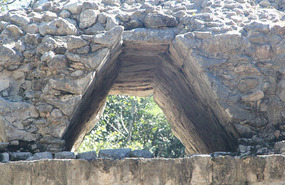
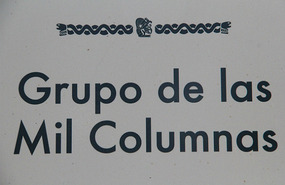
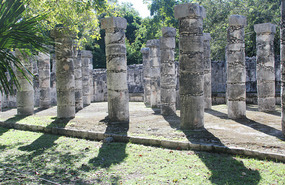
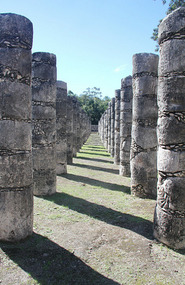
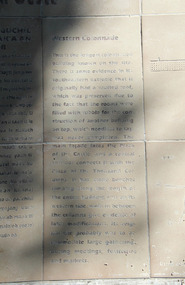
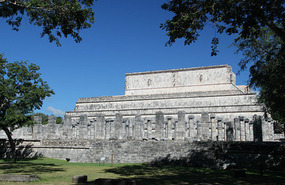
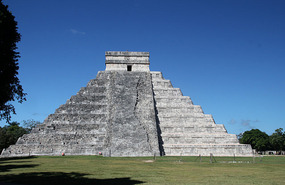
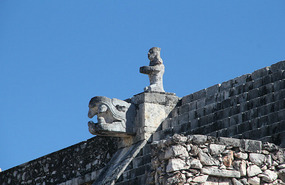
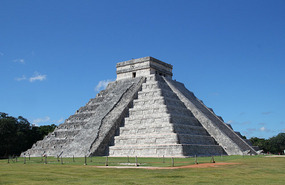
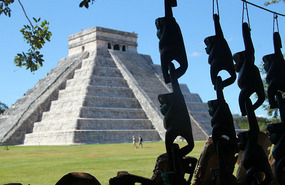

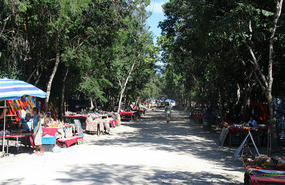
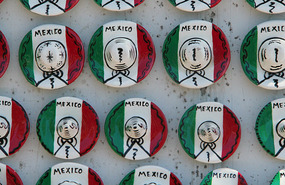

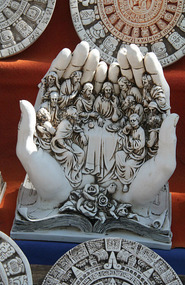

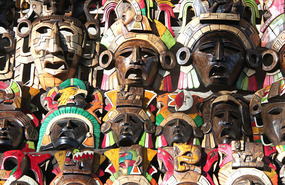
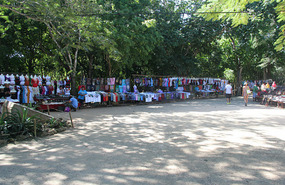
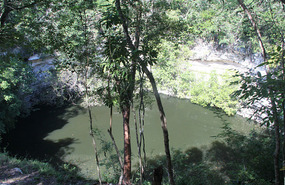

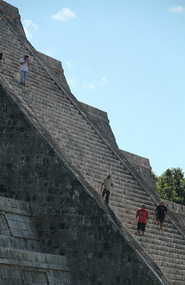
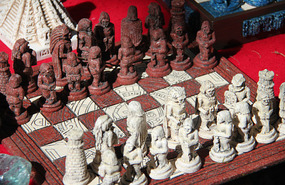


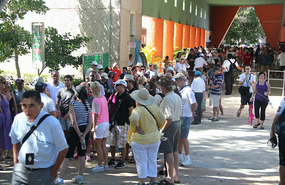
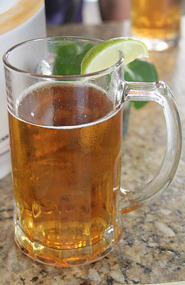
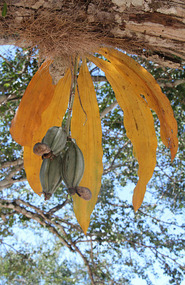
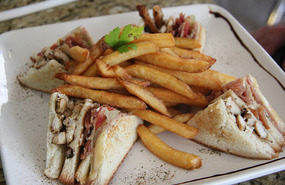
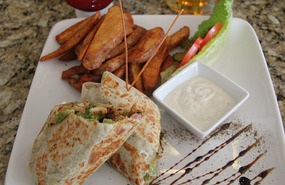
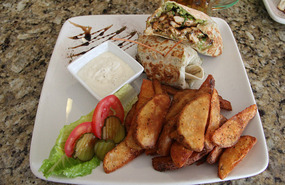
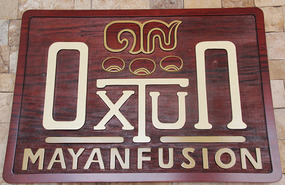
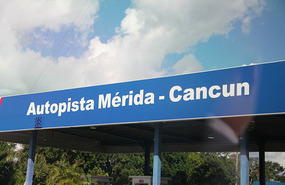
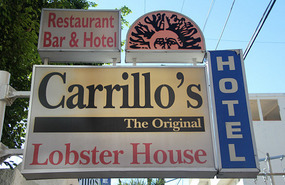
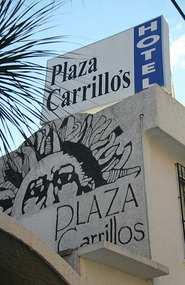
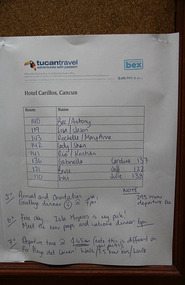
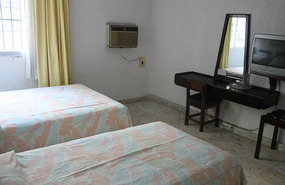
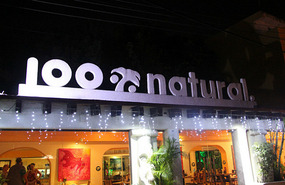
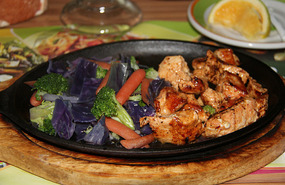
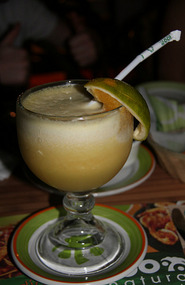
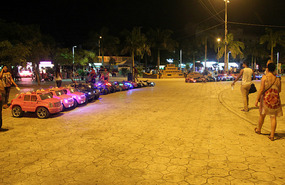
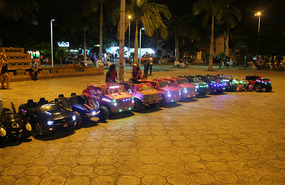
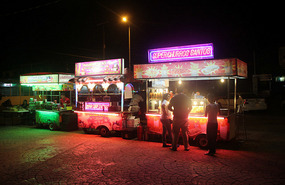
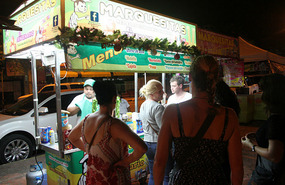
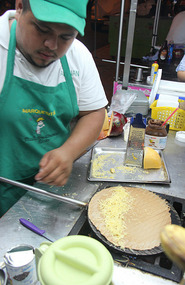

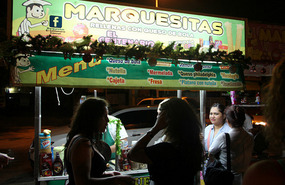
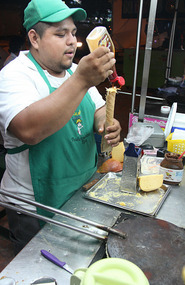
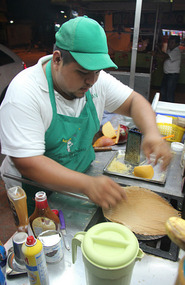
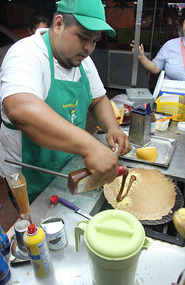
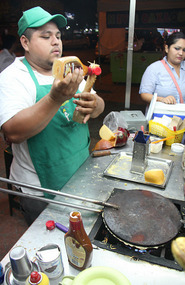
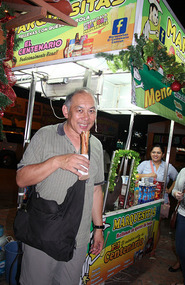









Eve
2013-12-10
Breathtaking - plenty of front cover material there !